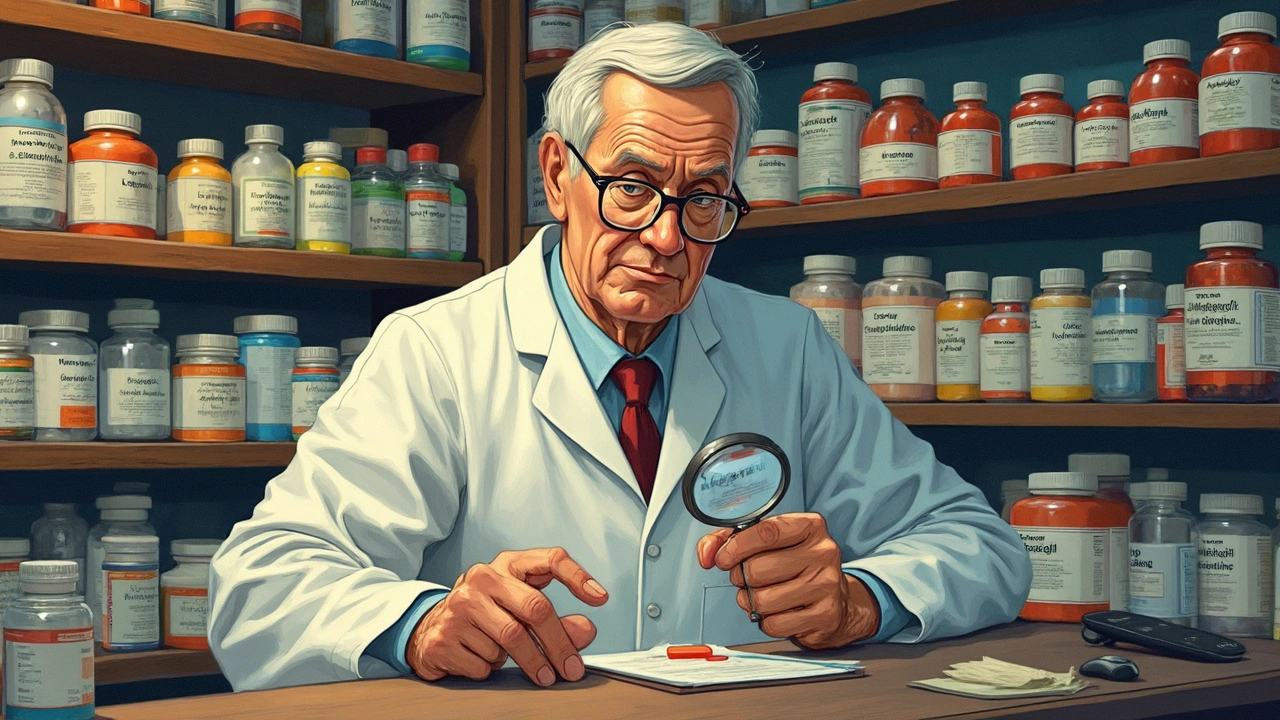Hypertension Treatment: What Actually Works and How to Start
High blood pressure can sneak up on you. If you’ve just been told you have hypertension, you probably want straight answers: what treatments work, what to watch for, and what you can do today. Below you’ll find clear steps doctors use, simple lifestyle moves that actually lower blood pressure, and tips to keep treatment safe and realistic.
How doctors choose a treatment
Doctors pick medicines based on your numbers and other health issues. Common drug groups are ACE inhibitors and ARBs (often first-line), calcium channel blockers, thiazide diuretics, beta blockers, and sometimes alpha blockers like terazosin (Hytrin) when prostate symptoms are present. If you have diabetes, kidney disease, or heart problems, that changes the choice. Sometimes two drugs at low doses work better than one at a high dose. Expect your provider to try one plan, check results in a few weeks, and adjust if needed.
Side effects matter. For example, ACE inhibitors can cause a dry cough for some people; beta blockers can worsen fatigue or cold hands; diuretics may change potassium levels. Keep a short log of side effects and blood pressure readings. That helps your doctor make smarter changes faster.
Simple lifestyle moves that lower blood pressure
Medication helps, but lifestyle changes are powerful and immediate. Shrinking daily sodium by even 1 gram can lower readings. Aim for whole foods: vegetables, lean proteins, and less processed stuff. Losing 5–10% of body weight often cuts blood pressure noticeably. Walk 30 minutes most days, limit alcohol to a drink or two per day, and quit smoking. Try mind-body practices—short, regular breathing exercises or brisk walking cut stress and lower readings.
Also watch caffeine timing: if your readings spike after coffee, take measurements when you haven’t had caffeine for a few hours. Use an automatic arm cuff at home and record morning and evening numbers for a week before your visit. Bring that record to your appointment; it speaks louder than a single office reading.
When to act fast: seek care if your pressure rises above 180/120 or you get chest pain, shortness of breath, sudden weakness, or vision changes. For other concerns, call your clinic—don’t guess.
Want practical help? Read our Hytrin guide if your doctor mentions terazosin, or check the piece on beta blocker alternatives if side effects bother you. If you buy meds online, follow safe-pharmacy tips—look for licensed providers and never skip a prescription review with a real clinician.
Final quick checklist: get a home cuff, track readings, follow a salt-reduced diet, stay active, and keep regular follow-ups. Small changes plus the right medicine can bring blood pressure down and cut your long-term risk. Talk openly with your provider about goals, side effects, and what fits your life.

